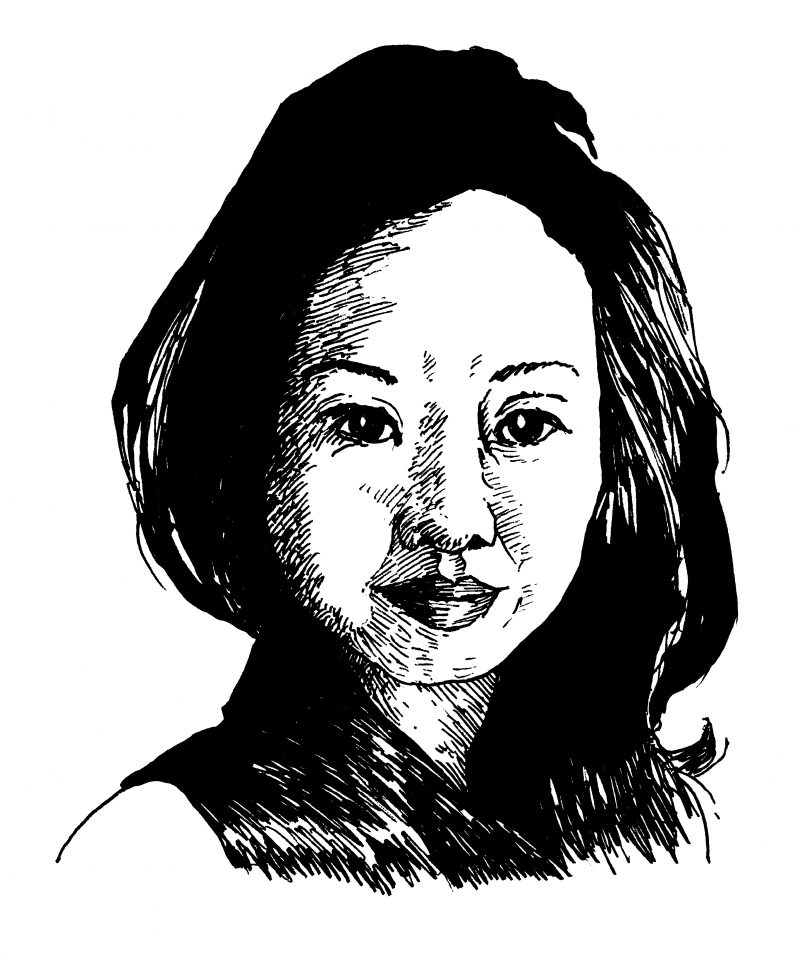In 1992, Wu Ruiqiu spread his paintings on a sidewalk in Guangzhou, the capital city of the Guangdong province of China. A stranger approached him and placed an unbelievable order: four hundred thousand paintings, to be delivered in fifty days. According to Wu, the client was Walmart, and the order, as the legend goes, was filled.
Ruiqiu was able to deliver the order once he assembled a team of two hundred painters in Dafen, a village in southern China that has since become the largest exporter of oil paintings in the world, the majority of which are replicas of Western masterpieces. Though Ruiqiu’s tale is perhaps apocryphal, the size of the order and the demand for handmade replicas from Dafen is a reality. Buy a furnished Florida condo and there’s a chance a Dafen painting will adorn your wall. Visit the National Civil Rights Museum at the Lorraine Motel in Memphis and note the painting hanging in the reconstructed motel room adjoining that of Martin Luther King Jr.—it was made a world away, perhaps the twentieth canvas completed that day by a painter in Dafen.
While reports in Western media often breathlessly suggest that Dafen represents a factory-like “assembly-line” approach to art, Winnie Wong, an author and assistant professor in the Department of Rhetoric at UC Berkeley, counters that Dafen painters, “like most modern and contemporary artists, work independently in their own modest homes and studios, and are paid for each painting that they sell.” For four years, beginning in 2006, Wong conducted field research in Dafen, and collected her findings in Van Gogh on Demand: China and the Readymade (University of Chicago Press). The Walmart tale appears in Wong’s book, as do the twenty instructions for how to replicate van Gogh’s Sunflowers, which she encountered as an apprentice painter. (Step 14: “Using a third 1/8″ brush, load with dark green pigment and freehand draw each leaf. Make it look natural, like a leaf.”)
I spoke with Wong this summer about the nature of copying. Appropriately enough, I recorded her responses and copied them here.
—James Hughes
WINNIE WONG: In Dafen, almost none of the painters are specialists of a single Western artist. There are no Monet specialists. No Leonardo da Vinci specialists. Van Gogh is the only single artist who is a specialty in Dafen. One of the reasons he’s a specialty is because he’s considered the easiest to paint. When unskilled painters first came from their villages to the city in the late ’80s and early ’90s to begin their training, they started with van Goghs because they were in high demand and because they were easy.
My argument is that it’s also easy...
You have reached your article limit
Sign up for a digital subscription and continue reading all new issues, plus our entire archives, for just $1.50/month.
Already a subscriber? Sign in





